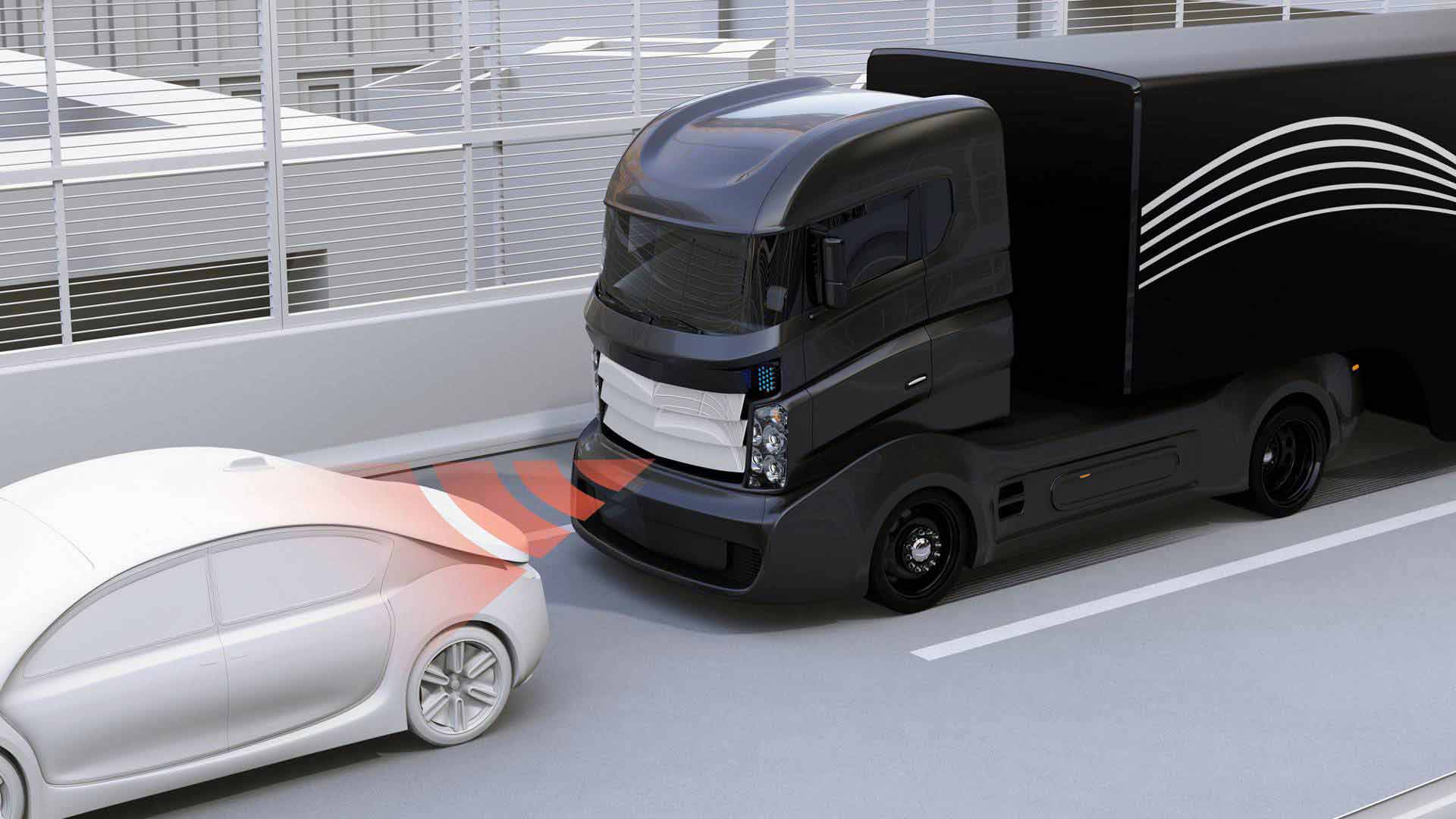Self-driving trucks are set to revolutionize the transportation industry, paving the way for a new era of efficiency and safety on the roads. These autonomous vehicles have been a topic of great interest and debate in recent years, as technology continues to advance at a rapid pace.
One of the key advantages of self-driving trucks is their potential to significantly reduce accidents caused by human error. With advanced sensors and artificial intelligence, these vehicles can navigate traffic and road conditions with precision, minimizing the risk of collisions. This enhanced safety feature not only protects the truck drivers but also other motorists on the road.
Furthermore, self-driving trucks offer a more cost-effective solution for transportation companies. By eliminating the need for human drivers, companies can save on labor costs and operate their fleets more efficiently. This cost-saving benefit may lead to lower shipping costs for consumers in the long run, making goods more affordable and accessible.
In addition to safety and cost benefits, self-driving trucks also have the potential to reduce carbon emissions and contribute to a more sustainable future. By optimizing routes and driving patterns, these vehicles can help minimize fuel consumption and overall environmental impact. This aligns with the automotive industry’s growing focus on eco-friendly practices and reducing carbon footprints.
As the technology behind self-driving trucks continues to evolve, we can expect to see further advancements in automation and connectivity. From platooning techniques that enable trucks to travel closely together in a convoy to remote monitoring systems that ensure optimal performance, the future of autonomous vehicles is full of exciting possibilities.
In conclusion, the next era of self-driving trucks holds immense promise for the automotive industry and beyond. With their potential to enhance safety, reduce costs, and promote sustainability, these vehicles are poised to transform the way goods are transported around the world. As technology continues to progress, we can look forward to a future where self-driving trucks play a central role in shaping the transportation landscape.

Amidst these advancements, regulatory frameworks and public acceptance will play crucial roles in determining the widespread adoption of self-driving trucks. It is essential for policymakers, industry stakeholders, and the general public to engage in constructive dialogue and collaboration to address concerns and ensure a smooth transition to this new era of transportation.

In conclusion, the future of self-driving trucks offers a glimpse into a transformative period for the automotive industry. With innovation driving progress, these vehicles are poised to redefine the way we think about transportation and logistics. Embracing this technological evolution will not only enhance efficiency and safety but also pave the way for a more sustainable and interconnected future.
Self-driving trucks are also anticipated to bring about significant changes in the workforce landscape. While there are concerns about potential job displacement for truck drivers, new roles will emerge in managing and maintaining autonomous vehicle fleets. This shift will require upskilling and training programs to ensure a smooth transition for those affected by the automation of truck driving tasks.
Moreover, the rise of self-driving trucks is expected to impact various industries beyond transportation. Supply chain management, warehousing, and logistics sectors are likely to see transformations in operations and efficiency as autonomous vehicles become more prevalent. This interconnected network of automated processes has the potential to revolutionize how goods are stored, distributed, and delivered.
Another key aspect of self-driving trucks is their role in enhancing last-mile delivery services. By streamlining the final leg of the delivery process, these vehicles can improve speed and accuracy in getting products to customers’ doorsteps. This efficiency not only benefits consumers but also contributes to reducing congestion in urban areas and optimizing delivery routes.
Looking ahead, advancements in artificial intelligence and machine learning will continue to drive the capabilities of self-driving trucks. From real-time data analysis for predictive maintenance to adaptive decision-making algorithms for complex road scenarios, the potential for innovation in this field is vast. This ongoing development will further solidify the position of autonomous trucks as a cornerstone of modern transportation systems.
In the realm of safety, self-driving trucks present opportunities for proactive risk mitigation strategies. By leveraging predictive analytics and collision avoidance technologies, these vehicles can anticipate and respond to potential hazards on the road. This proactive approach to safety not only enhances driver and passenger protection but also contributes to overall road safety standards.
Furthermore, the integration of self-driving trucks with smart infrastructure systems holds the promise of creating a seamless and efficient transportation network. Through vehicle-to-infrastructure communication and synchronized traffic management, these vehicles can optimize travel times, reduce congestion, and enhance overall traffic flow. This interconnected ecosystem of intelligent transportation systems is essential for realizing the full potential of autonomous vehicles.










